True crime is one of the most popular genres of TV shows and podcasts, but many of the most shocking and compelling investigations into murder, scams, and other illegal acts were first documented on the page. In fact, some of the most acclaimed true crime series are adaptations of books (and many of those books are expanded versions of magazine articles). So if you’re looking to explore the depths of human depravity—or witness the efforts good people take to bring such criminals to justice—read on for 25 of the best true crime books ever published. We’ve got deep dives into serial killers, frauds, addiction, and even stealing a bunch of feathers.
RELATED: The 20 Most Famous Historical Fiction Books Worth Reading.
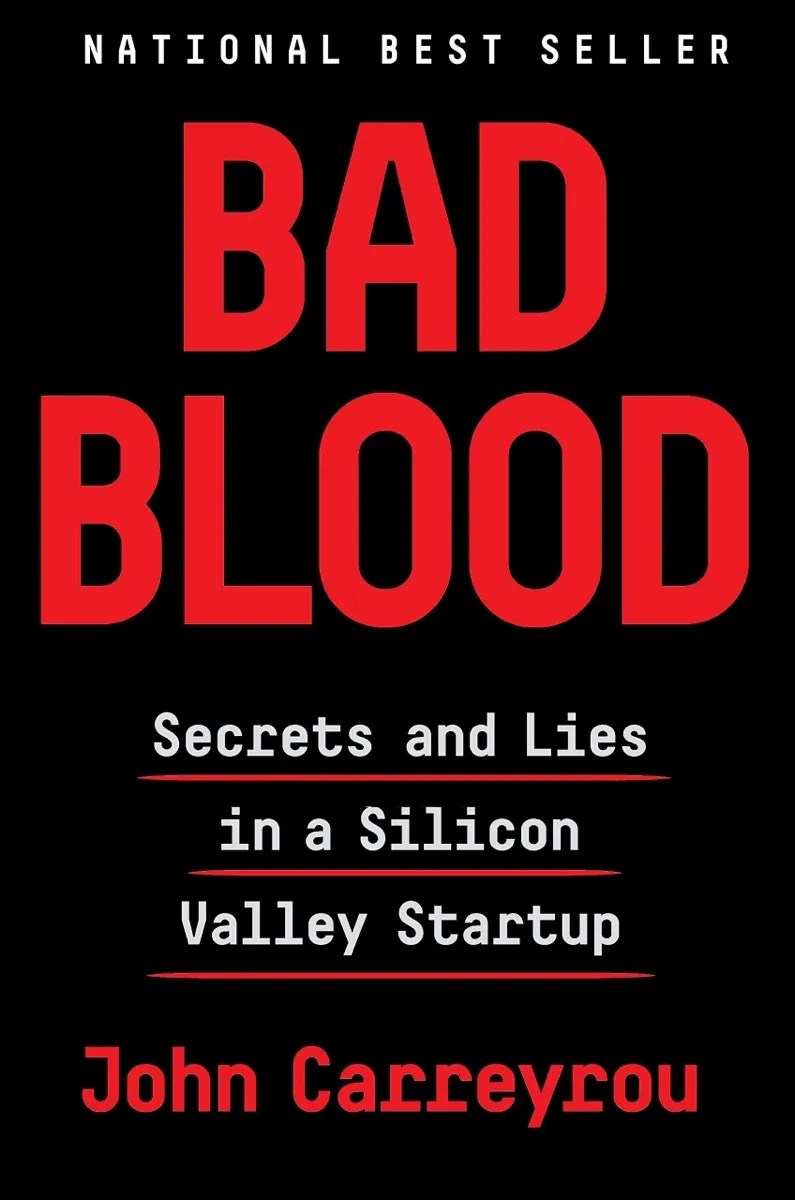
Not all true crime is about murder. In the 2018 book Bad Blood, journalist John Carreyrou expands on the reporting he did for the Wall Street Journal about biotech startup Theranos. The company promised that it had invented a game-changing medical device that could run countless medical tests with only a single drop of blood and its founder, Elizabeth Holmes, was positioned as the next Steve Jobs. Turns out it was all lies and fraud, as Bad Blood reveals.
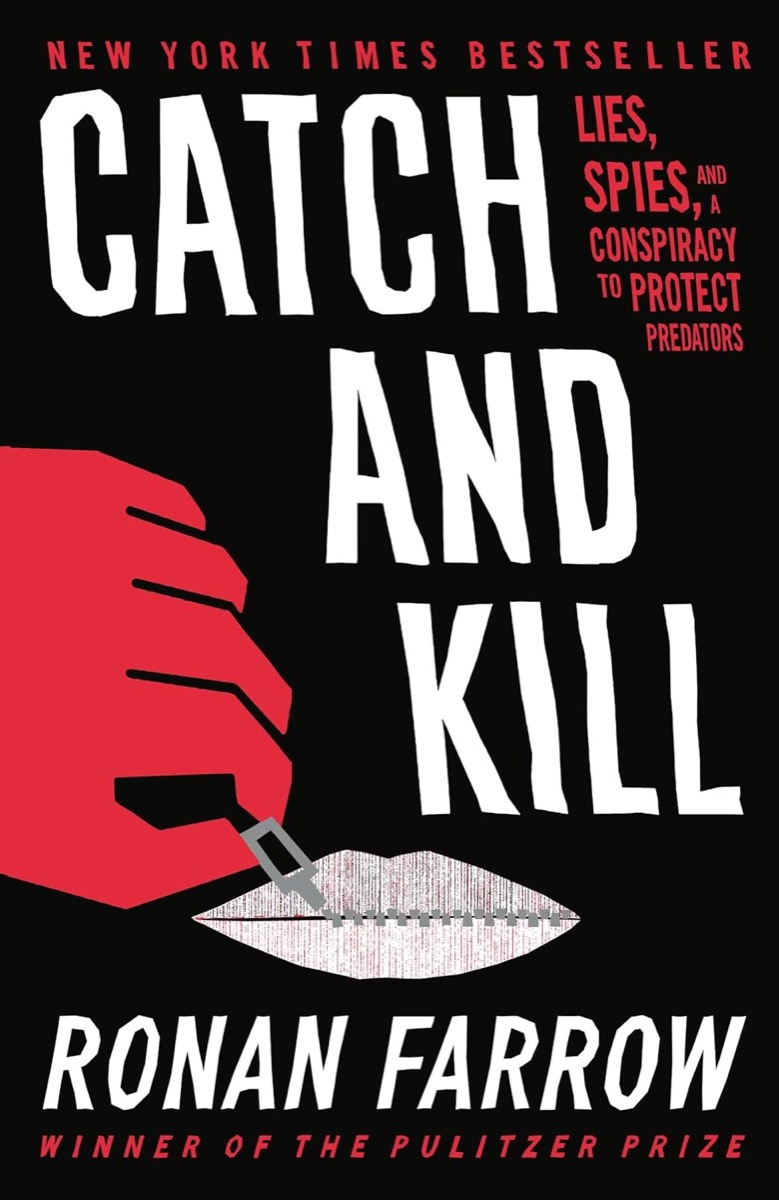
Ronan Farrow’s 2019 book documents his part in the beginning of the #MeToo movement. The author, who used to work for NBC News, had done extensive investigative reporting about the many rape and sexual assault allegations circling major Hollywood producer Harvey Weinstein. However, NBC refused to run the story due to what Farrow alleges was pressure from Weinstein, prompting him to take his reporting to the New Yorker for what would become a groundbreaking expose. Catch and Kill is a gripping tale about journalism and the lengths that powerful men will go to in order to cover up their crimes.
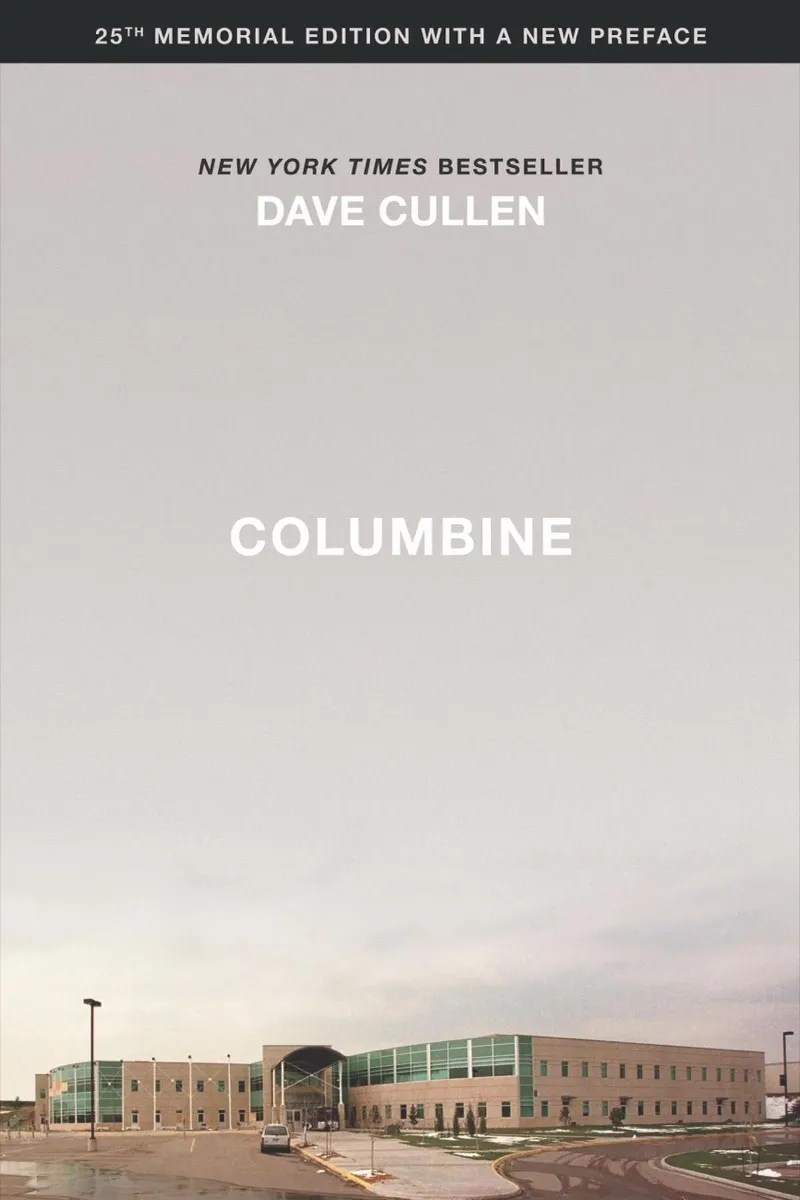
Dave Cullen’s 2009 book explores, at times in harrowing details, the infamous Columbine High School mass shooting. The book follows the two gunmen in the lead-up to the April 20, 1999 attack, and checks in on many of the survivors as they struggle in the decades afterwards. The book also serves as a correction to many of the myths that surround the massacre, including the widely held belief that the shooters were bullied or influenced by shock rocker Marilyn Manson.
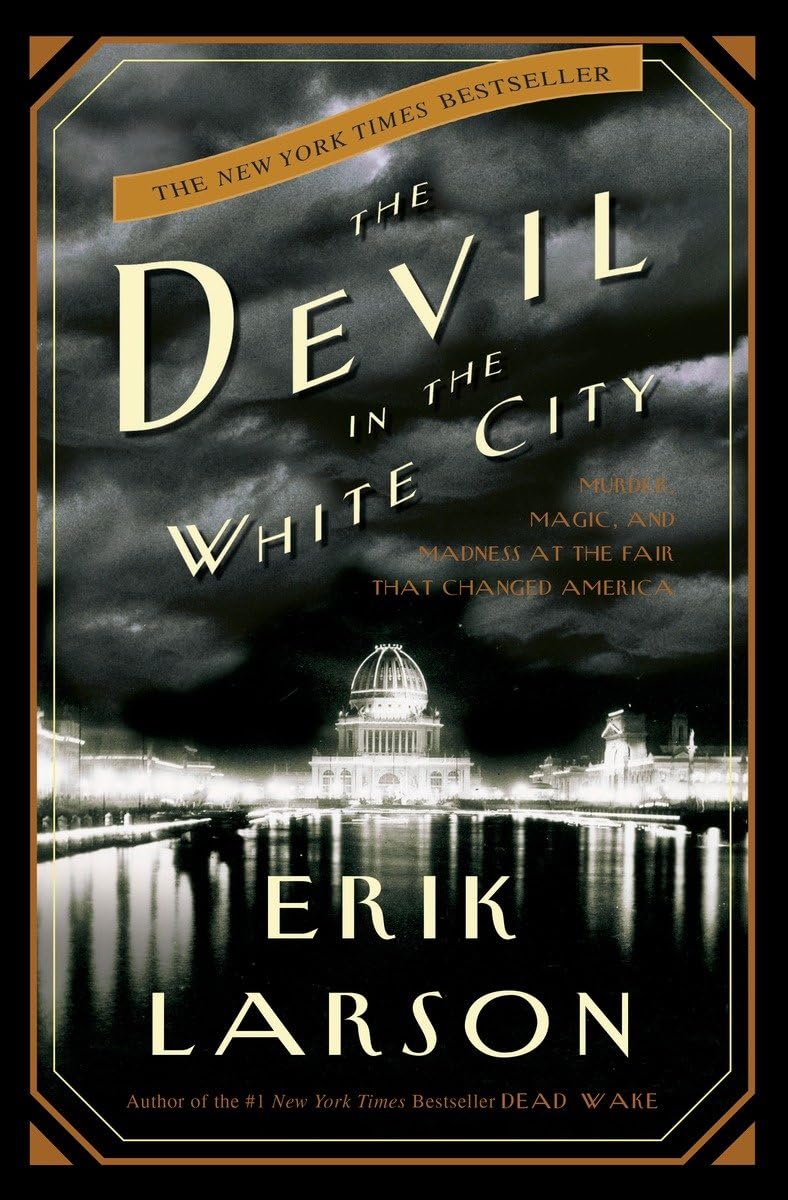
Erik Larson’s extremely readable 2003 book (seriously, this thing is in every airport bookstore for a reason) tells two twin stories set in Chicago at the end of the 19th century. The first is that of the 1983 Chicago World’s Fair and the many efforts that went into making such an important, influential event. The other is that of H. H. Holmes, arguably the first serial killer in American history whose spree was at its peak around the time of the fair.
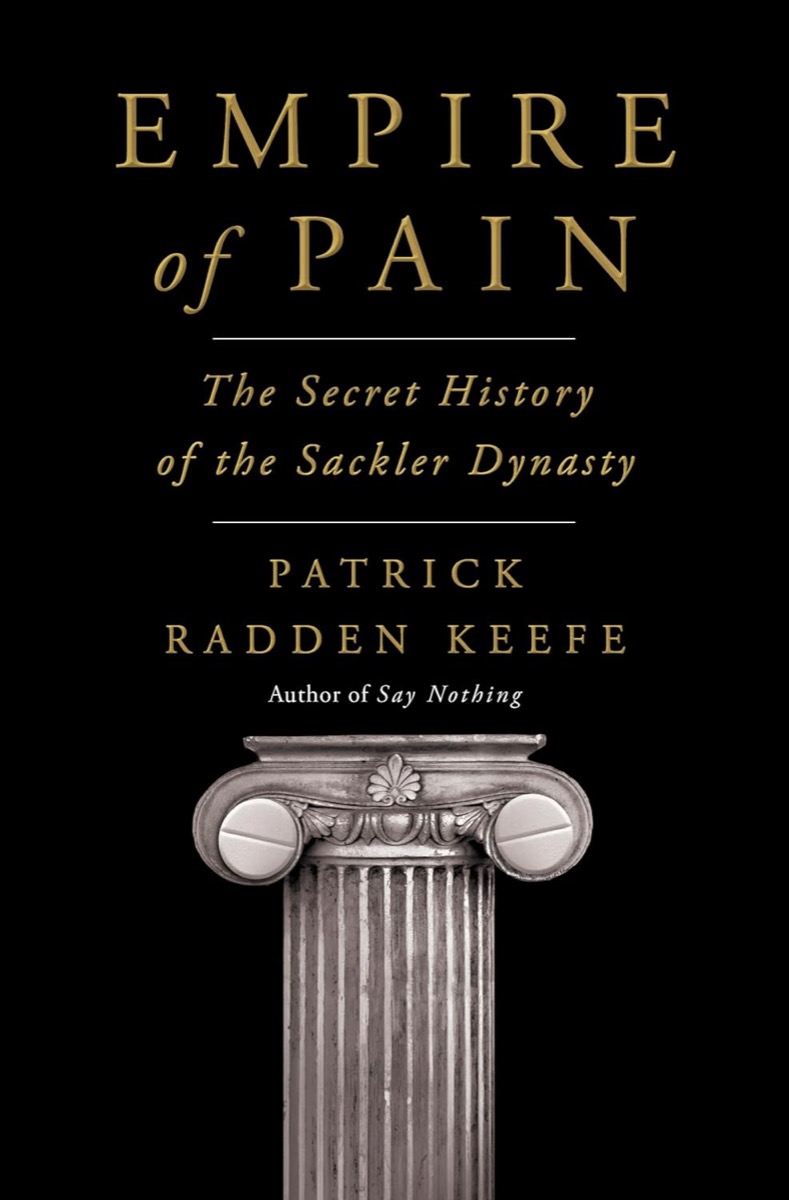
This 2021 book expands on journalist Patrick Radden Keefe’s New Yorker article about the Sacklers, the family behind Purdue Pharma, the company widely considered responsible for the opioid epidemic. Empire of Pain traces the family’s history, the development of Oxycodone, and the Sacklers’ efforts to escape any repercussions for the tragic damage caused by the highly addictive drug (and Purdue’s lies about its addictive qualities).
RELATED: 25 Romance Books to Take to the Beach This Summer.
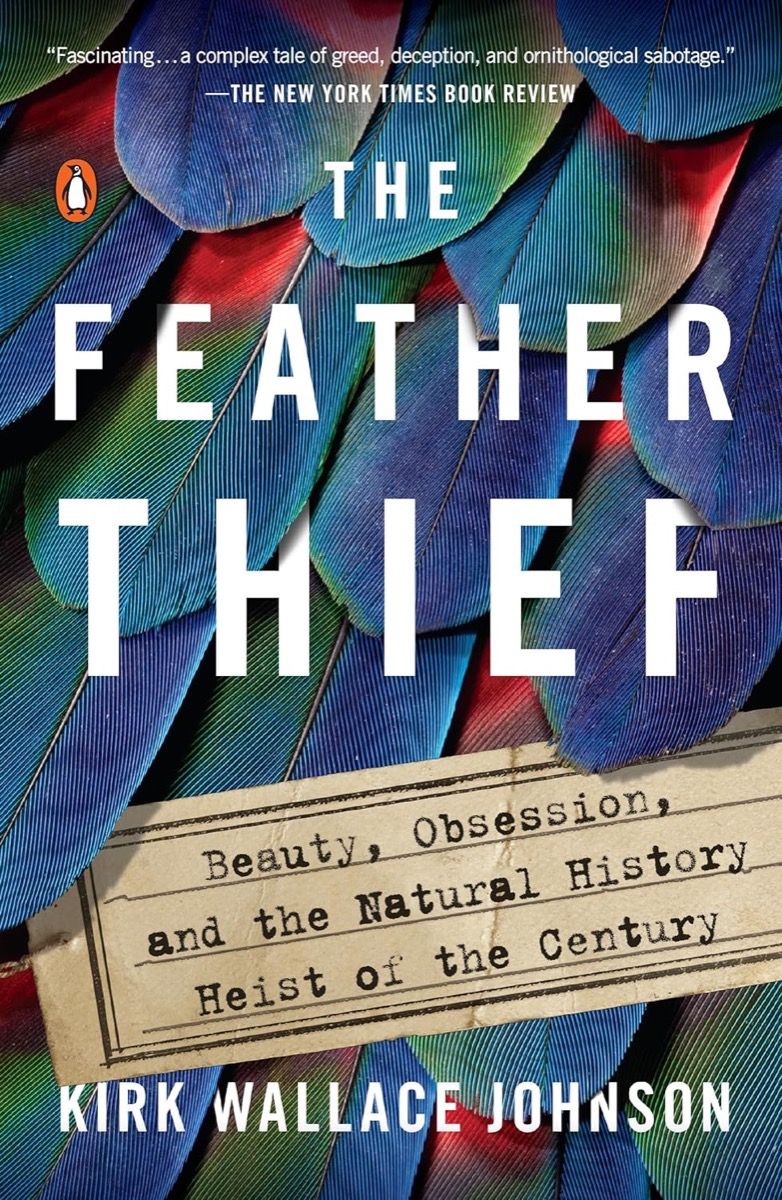
If you’re in the mood for a true crime story that’s not about murder or violence or anything else that will make you depressed, check out Kirk Wallace Johnson’s 2018 book about a very singular crime. In 2009, a man stole several valuable, irreplaceable taxidermied birds and feathers from London’s Royal Academy of Music. Why? Because the perpetrator was part of the niche subculture of salmon fly-tying, and some of the Victorian-era designs for fly-fishing lures involved rare feathers, including from a few birds that have since gone extinct. The Feather Thief explores the history of fly-tying, this unique crime, and its aftermath.
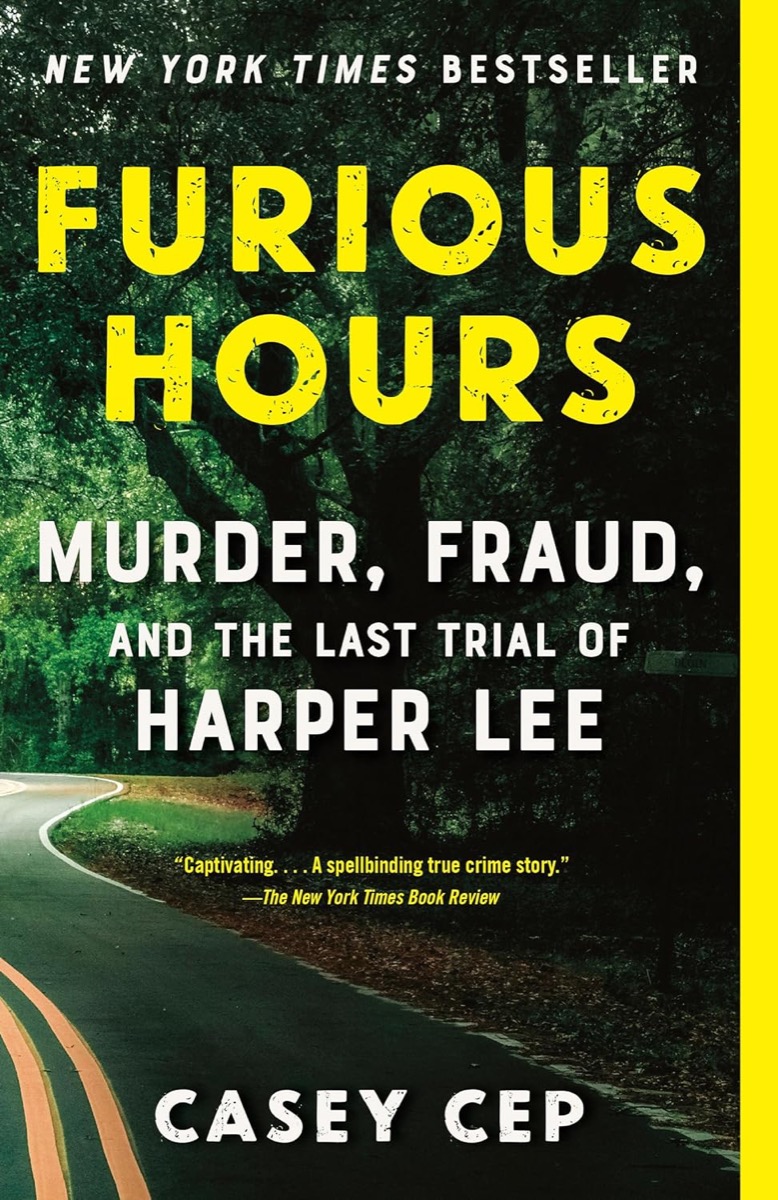
To Kill a Mockingbird features what is widely regarded as one the greatest court cases in all of fiction, so perhaps it shouldn’t be surprising that author Harper Lee, who was also friends with In Cold Blood‘s Truman Capote, tried her hand at true crime as well. Casey Cep’s 2019 book documents Lee’s life and experience covering the vigilante killing of an Alabama preacher who was found innocent of the crime of murdering his five family members for insurance money.
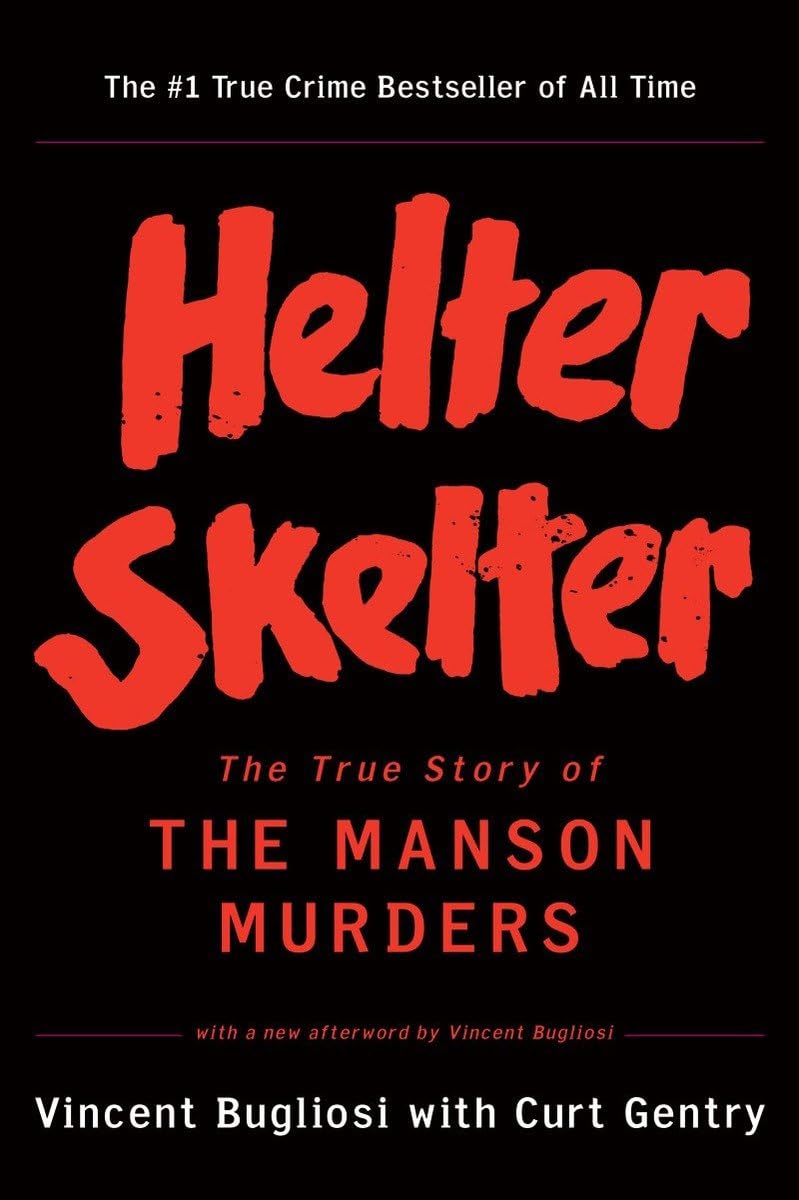
The Manson Family’s brutal 1969 murder of actor Sharon Tate and her friends in the Hollywood Hills is among the most infamous crimes in American pop culture, and Helter Skelter is the definitive book about the killings. Vincent Bugliosi, who co-wrote the 1974 book with Curt Gentry, had firsthand experience with Charlie Manson as he served as the prosecutor in his 1970 trial. At the time of Bugliosi’s death, Helter Skelter was the bestselling true crime book of all time.
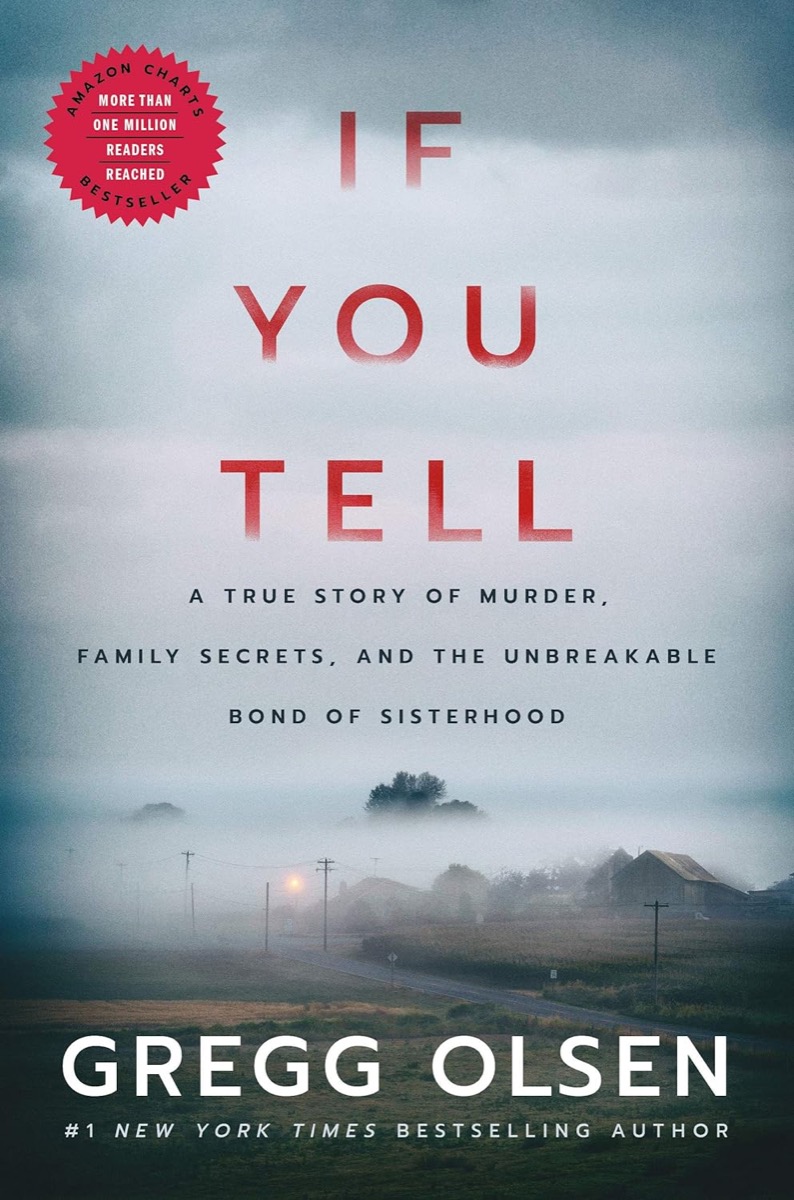
Gregg Olsen’s 2019 book is a harrowing true story of abuse, murder, survival, and perseverance. Sisters Nikki, Sami, and Tori Knotek suffered horribly at the hands of their mother growing up in Raymond, Washington, but far from breaking under the stress of their mother’s torture, the trio formed a powerful bond that allowed them to fight for their freedom.
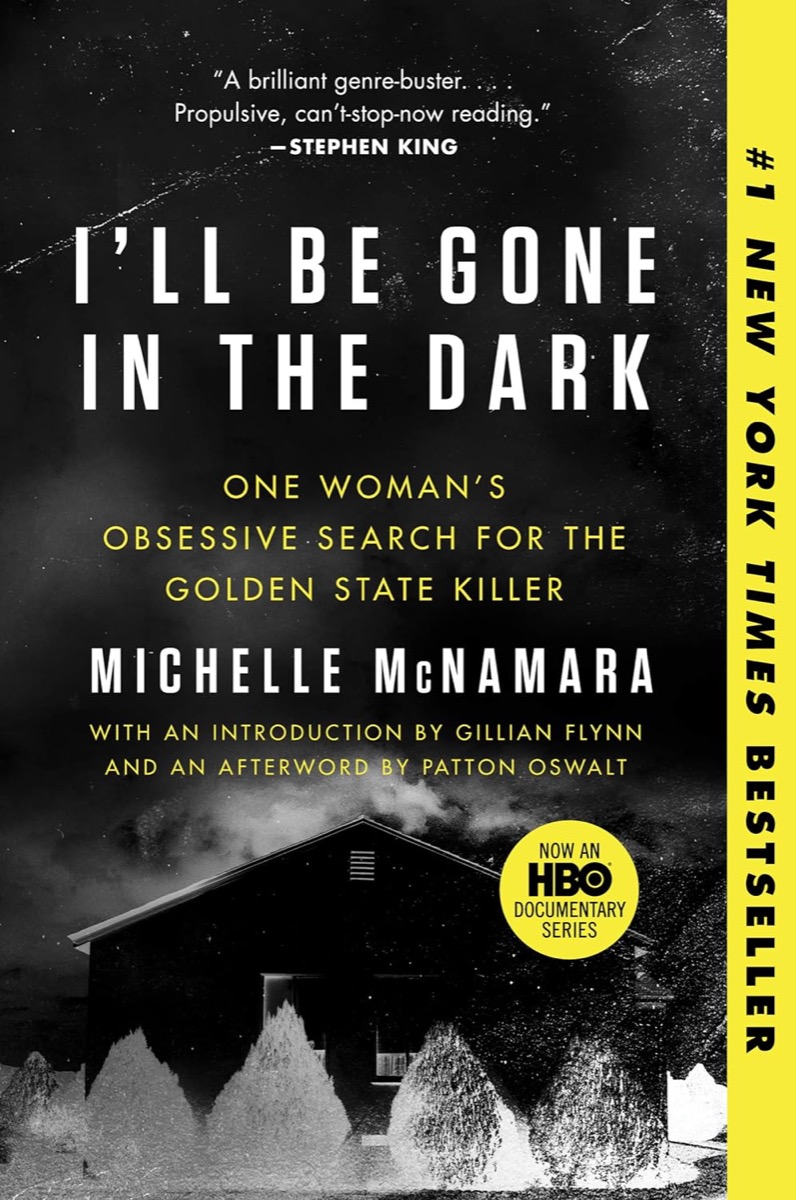
Not many true crime books can claim that they’re fairly directly responsible for bringing the perpetrator to justice. Michelle McNamara developed an interest in a relatively under-discussed serial killer who terrorized California in the ’70s and ’80s, eventually coining the moniker “the Golden State Killer” as her investigation drew renewed attention to the case and prompted breakthroughs. The author tragically died before the book’s completion but her widower, comedian Patton Oswalt, finished the book with the help of crime writer Paul Haynes and investigative journalist Bill Jensen to release it in February 2018. Two months later, the Golden State Killer was finally arrested and brought to justice.
RELATED: The 15 Best Psychological Thrillers to Keep You on the Edge of Your Seat.
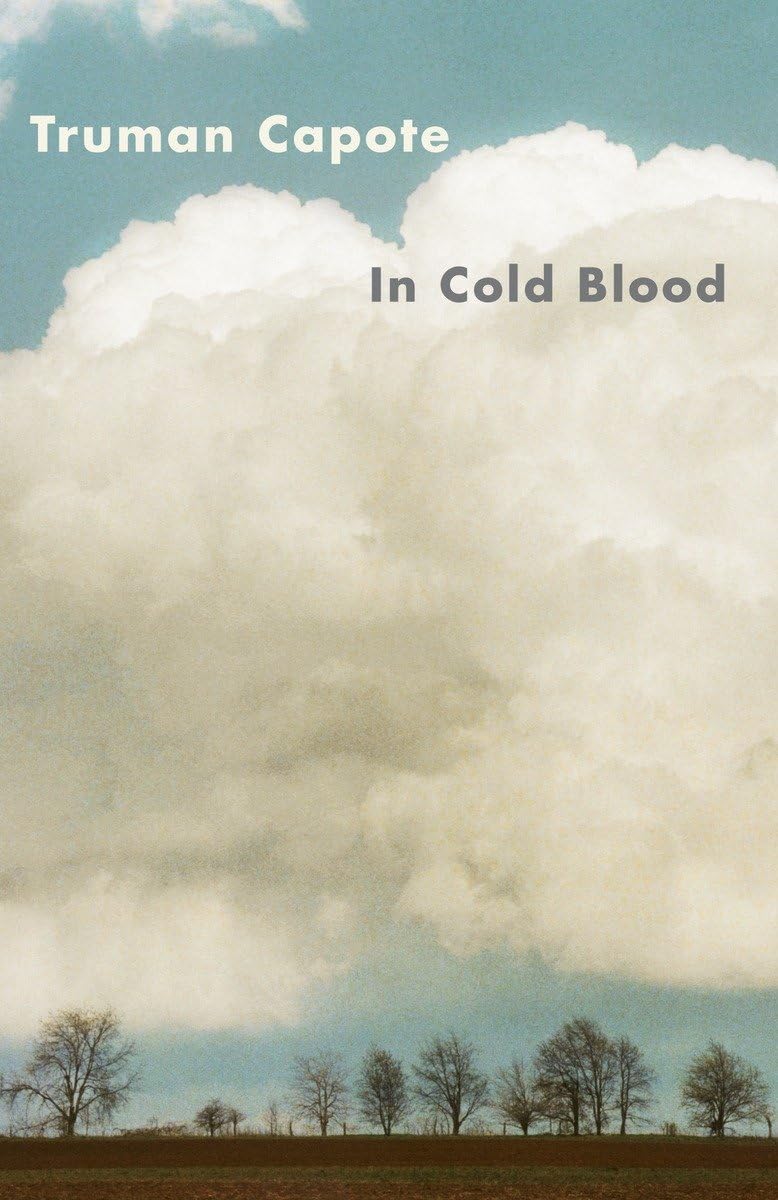
Full disclosure: From a strict journalism standpoint, Truman Capote’s iconic 1966 work of narrative nonfiction doesn’t quite hold up. The writer invented and altered details about the 1959 quadruple homicide of a Kansas farm family to make for a better story. Still, In Cold Blood is a gripping read and arguably the first true crime book.
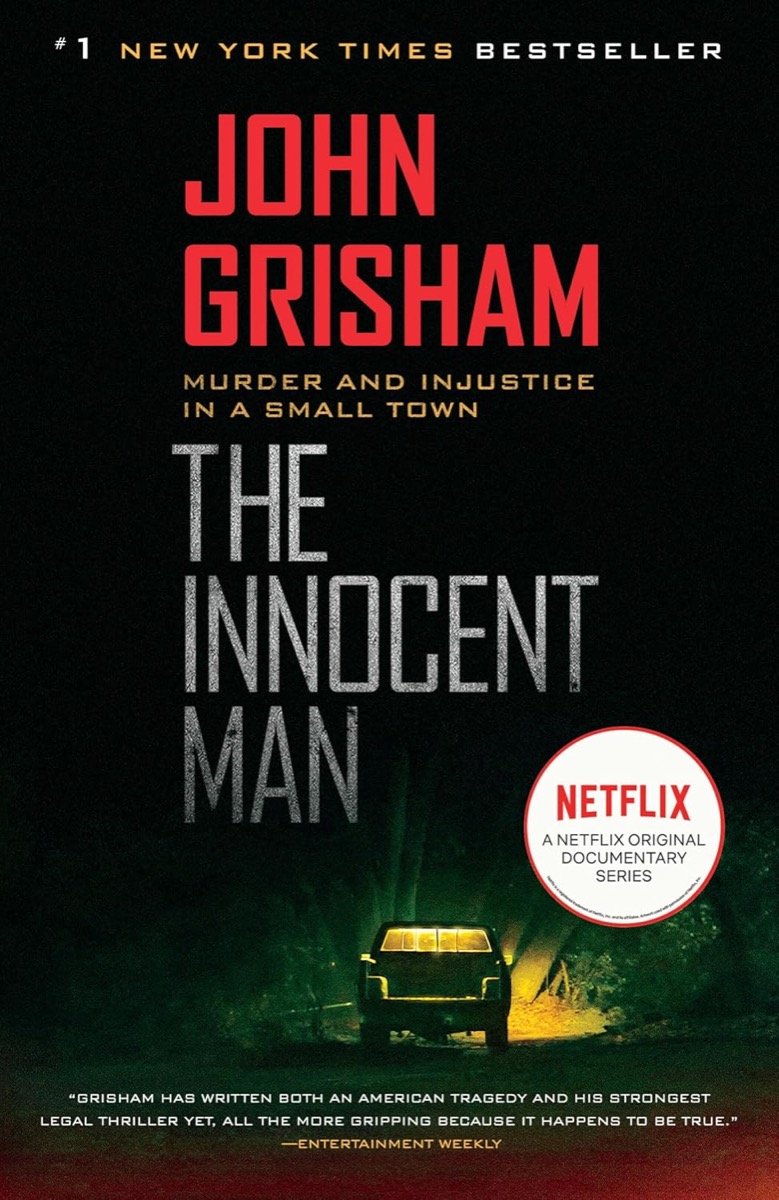
John Grisham is probably the most famous author of fictional crime stories, but the legal literary giant has also penned one nonfiction book, 2006’s The Innocent Man. The book tells the story of a minor league baseball player who spent 11 years on death row after he was wrongly convicted of a 1988 rape and murder and before DNA evidence exonerated him.
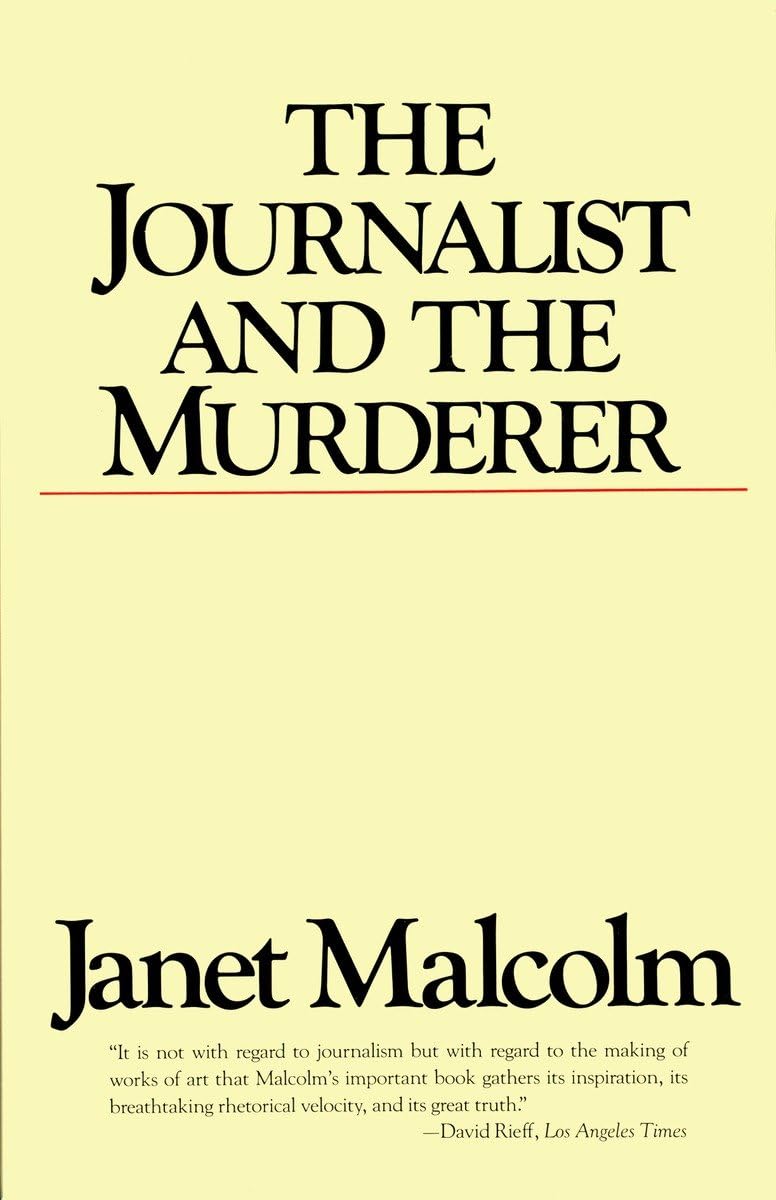
In 1983, author Joe McGinniss wrote a true crime book called Fatal Vision. Though that book, which covers Army captain Jeffrey R. MacDonald’s murder of his wife and children, was a bestseller, it’s arguably more famous now because of Janet Malcolm’s The Journalist and the Murderer, which paints a complicated, unflattering picture of the ethics of journalism. MacDonald thought McGinniss was his friend who was trying to help exonerate him. As The Journalist and the Murderer details, the author was really using that assumption to get the story and write his book.
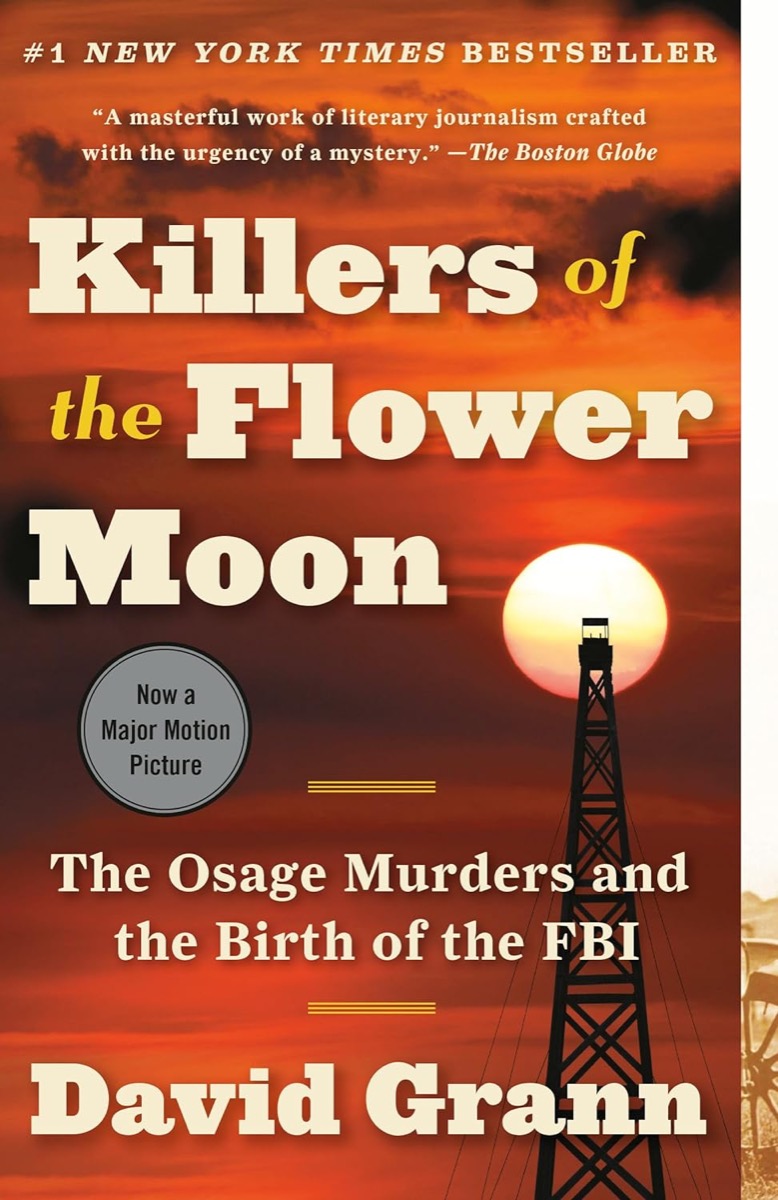
Recently adapted into an acclaimed movie by the great Martin Scorsese, David Grann’s 2017 book Killers of the Flower Moon is an engrossing history of one of America’s great sins, the systemic killings of Osage people by white men who stood to inherit control of the Indigenous American tribe’s immensely lucrative oil rights. These killings were one of the first major tests for the then-nascent Federal Bureau of Investigation, though the damage was largely done by the time they cracked the case. Note that, unlike the film, the identity of the people or persons behind the killings is deliberately left a mystery as you read the book, making it a page-turning work of history.
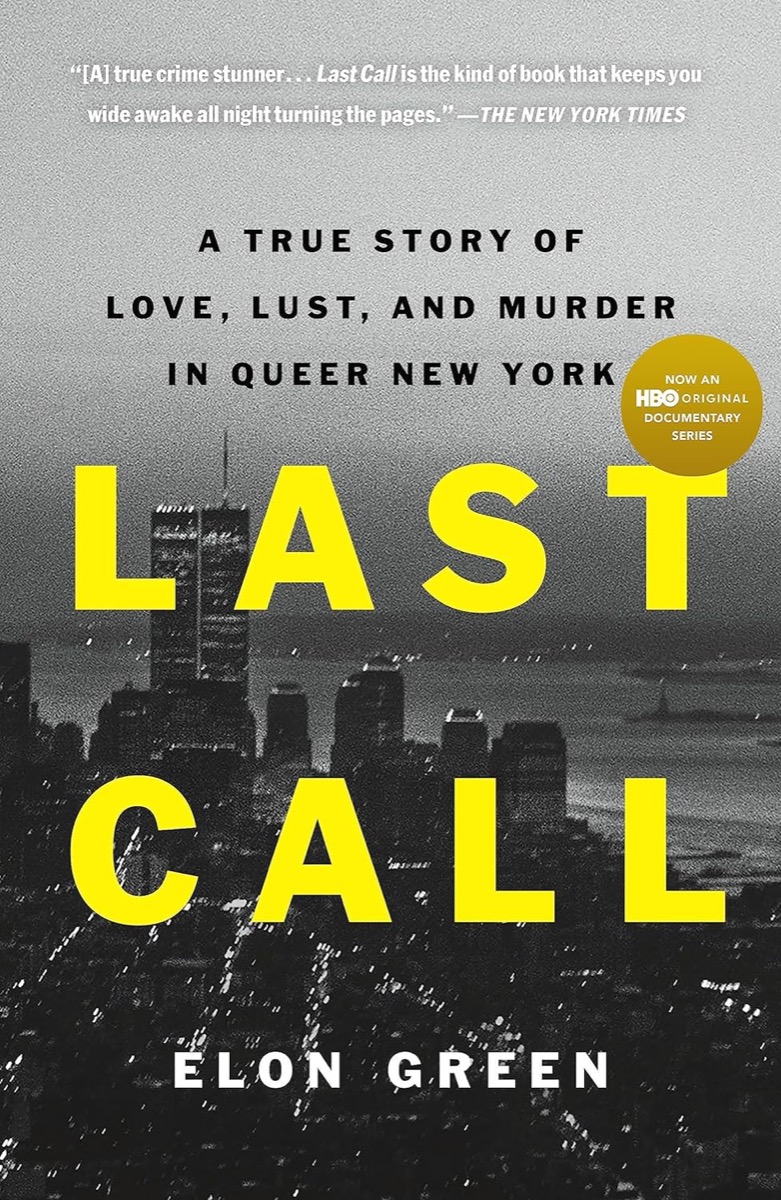
Elon Green’s 2021 book Last Call tells the story of a serial killer who preyed on gay men in New York City in the ’80s and ’90s. The Last Call Killer’s victims didn’t make sensational headlines at the time, back when murder rates were high in the city, because of their identity. Last Call is a revealing, nuanced look at a vibrant culture that had to face a serial killer in addition to the AIDs epidemic and other struggles of the era.
RELATED: The 25 Best Film Noirs Every Classic Movie Fan Needs to See.
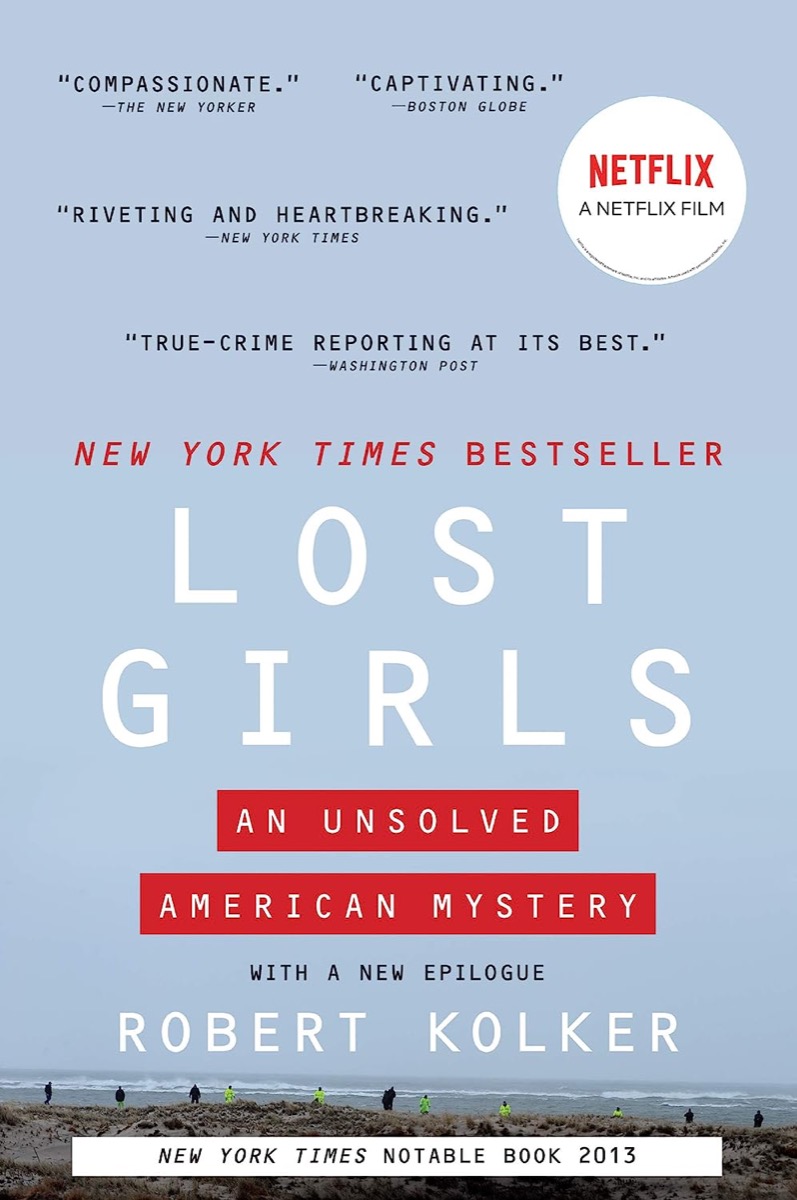
The identity of the serial killer responsible for the deaths of several young women whose remains were found on Long Island’s Gilgo Beach may have been recently uncovered. But Robert Kolker’s 2014 book fittingly focuses on the lives of five of his presumed victims, all of whom were sex workers with personal lives and people who loved them. It’s a touching, deeply cutting exploration of American society and who is overlooked.
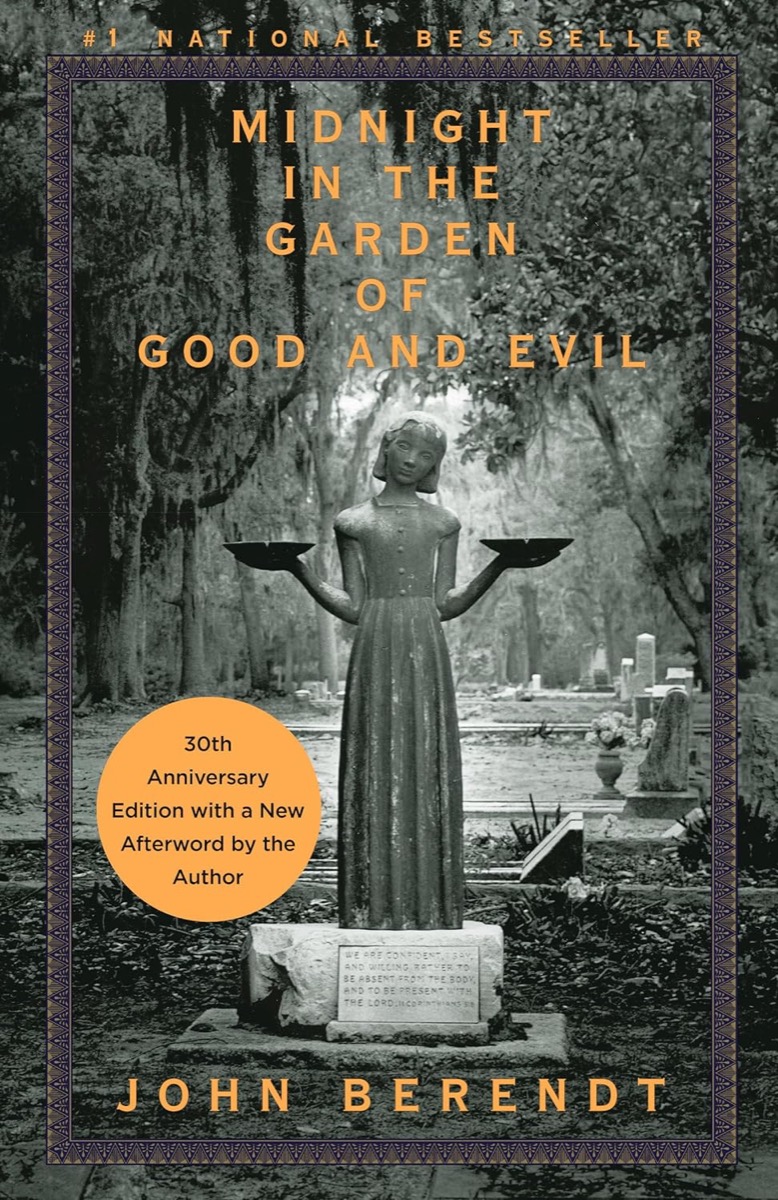
John Berendt’s 1990 debut nonfiction novel tells the story of Jim Williams, an antiques dealer in Savannah, Georgia who was accused of killing Danny Hansford, his live-in lover, as part of an argument. Williams was tried four times for the crime, and Berendt, who lived in Savannah for many years as the trials were going on, paints an engrossing portrait of the killer, the victim, and many other fascinating characters from the community.
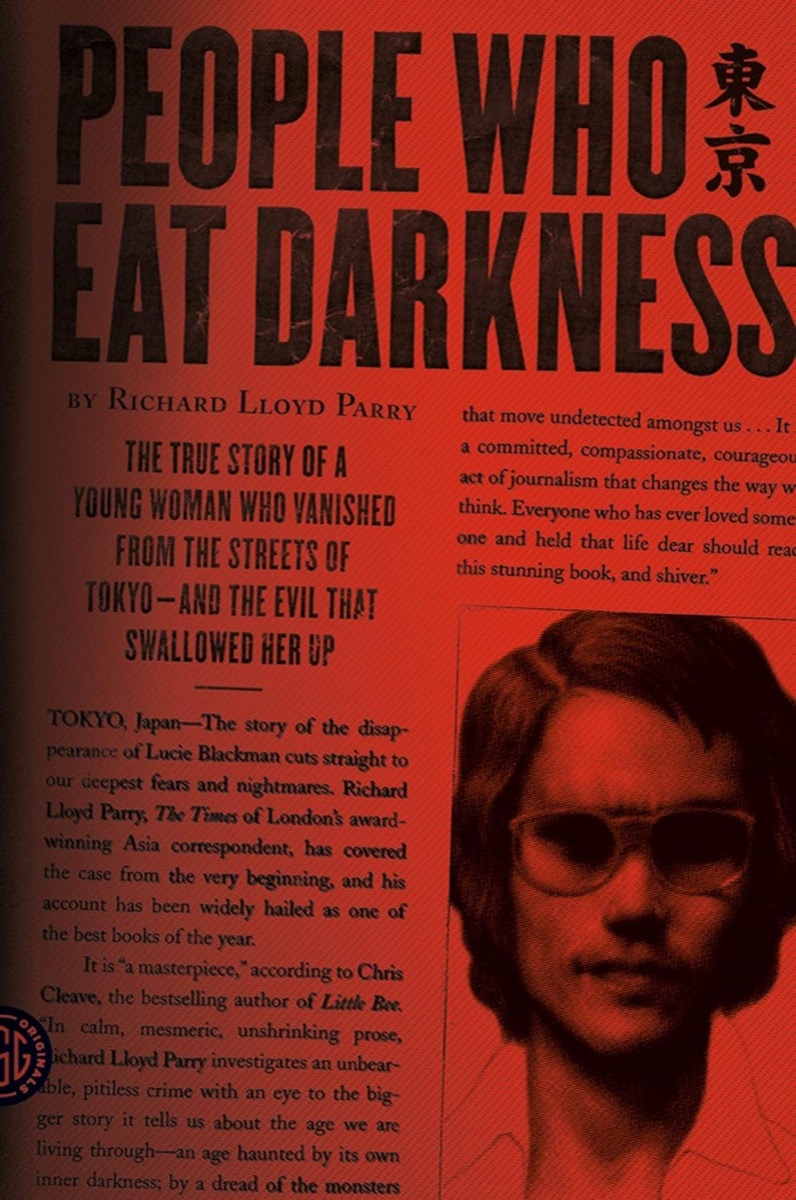
Richard Lloyd Parry, Asia correspondent for The Times of London, delves deep into Japan’s culture and legal system in 2012’s The People Who Eat Darkness. Lucie Blackman, a young, blonde British woman, went missing one night in Tokyo in 2000. The search for her—and eventually her killer after her remains were found in a cave—reveals a lot about the limits of Japanese law enforcement, cultural clashes, and a deeply evil man responsible for Blackman’s death and hundreds of other crimes.
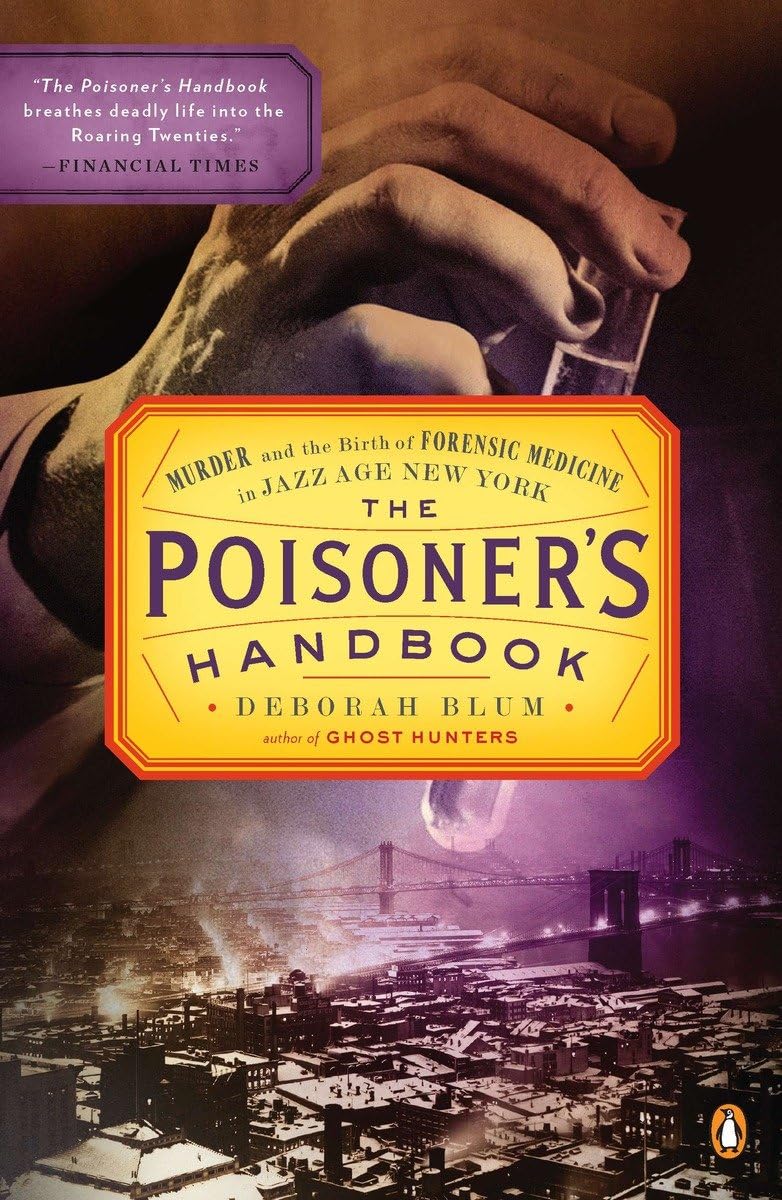
If you wanted somebody dead in early 1900s New York City and you didn’t want to get caught, poison was the weapon of choice, as the science and protocols weren’t developed enough to reliably detect poisoners’ tools and bring them to justice. But as Deborah Blum documents in her 2011 book, that began to change when Charles Norris became chief medical examiner in 1918 and worked with toxicologist Alexander Gettler to revolutionize forensics.
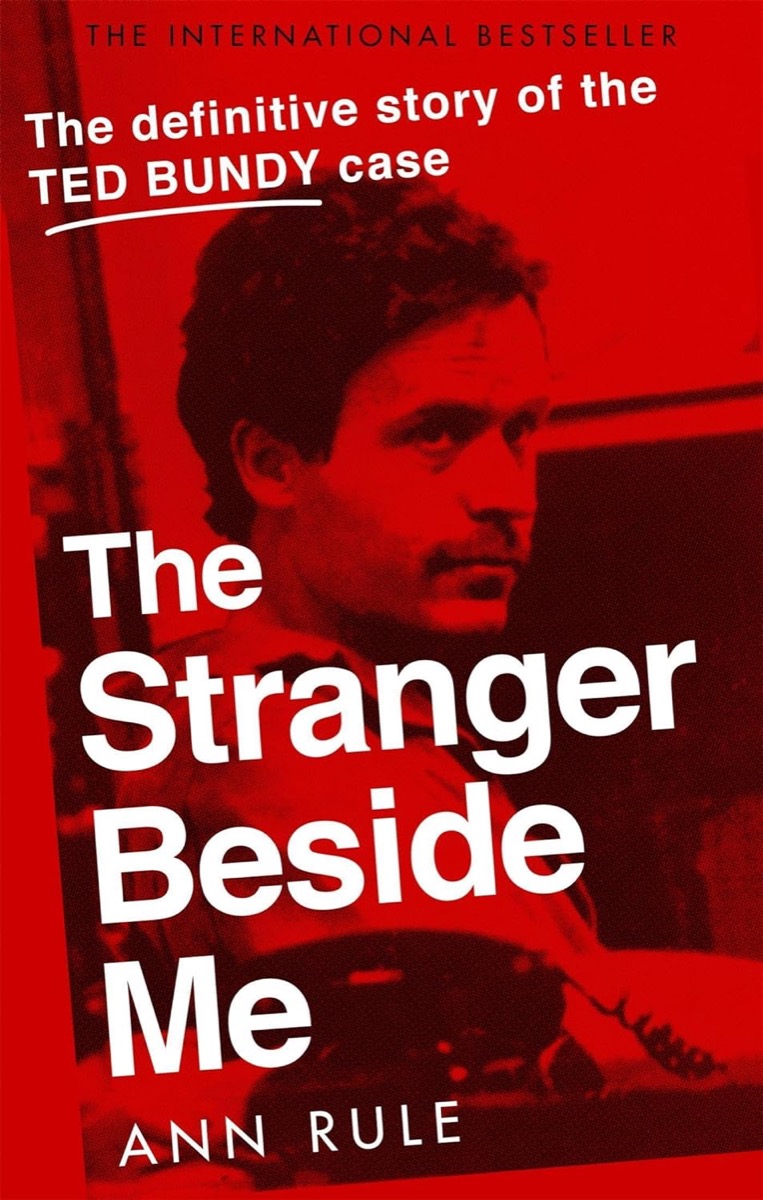
You know the line about how nobody suspected that the nice guy next door was actually a serial killer? That was the case for author Ann Rule, who met and became close friends with Ted Bundy in the early ’70s. They fell out of touch before the decade was over, but Bundy came back into Rule’s life when he became a suspect in a string of serial killings in Seattle—suspicions that Rule shared. Rule’s 1980 book, which has been reprinted with revisions and new additions four times since, is a gripping examination of one of the country’s most infamous serial killers blended with autobiography.
RELATED: 27 Movies With Shocking Twist Endings You Won’t Recover From.
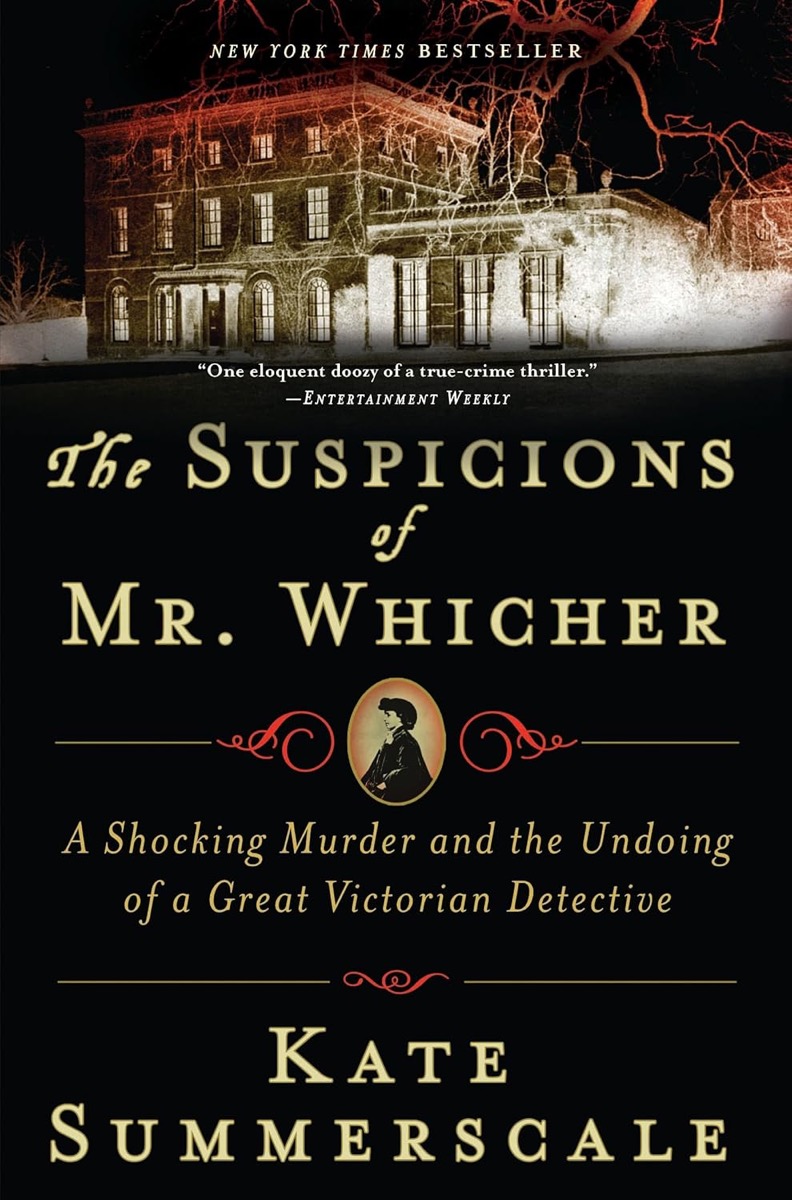
Inspector Jonathan Whicher was England’s greatest detective in the mid-1800s; his manners and skills at solving crimes were so great that he would go on to be the inspiration for several fictional detectives. However, his inability to definitively solve a gruesome killing proved to be his ruin, even if the circumstantial evidence was right. Kate Summerscale tells the story in her 2009 page-turner.
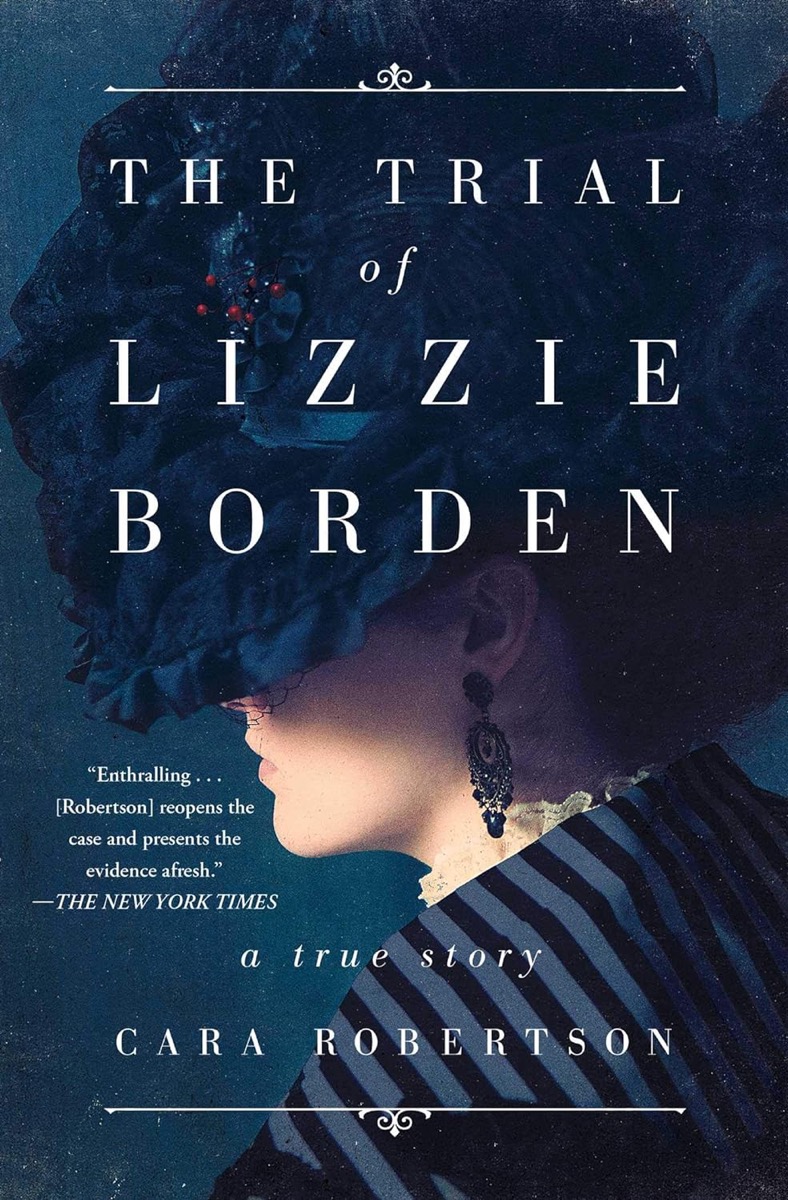
Cara Robertson goes deep on one of America’s earliest, most sensational court cases in her 2019 book The Trial of Lizzie Borden. Accused of hacking her father and stepmother to death with an ax in their Massachusetts home, Borden’s subsequent trial—and eventual acquittal—captivated the nation, and Robertson draws upon tons of research and material to make it equally captivating (and perhaps more thoroughly examined) today.
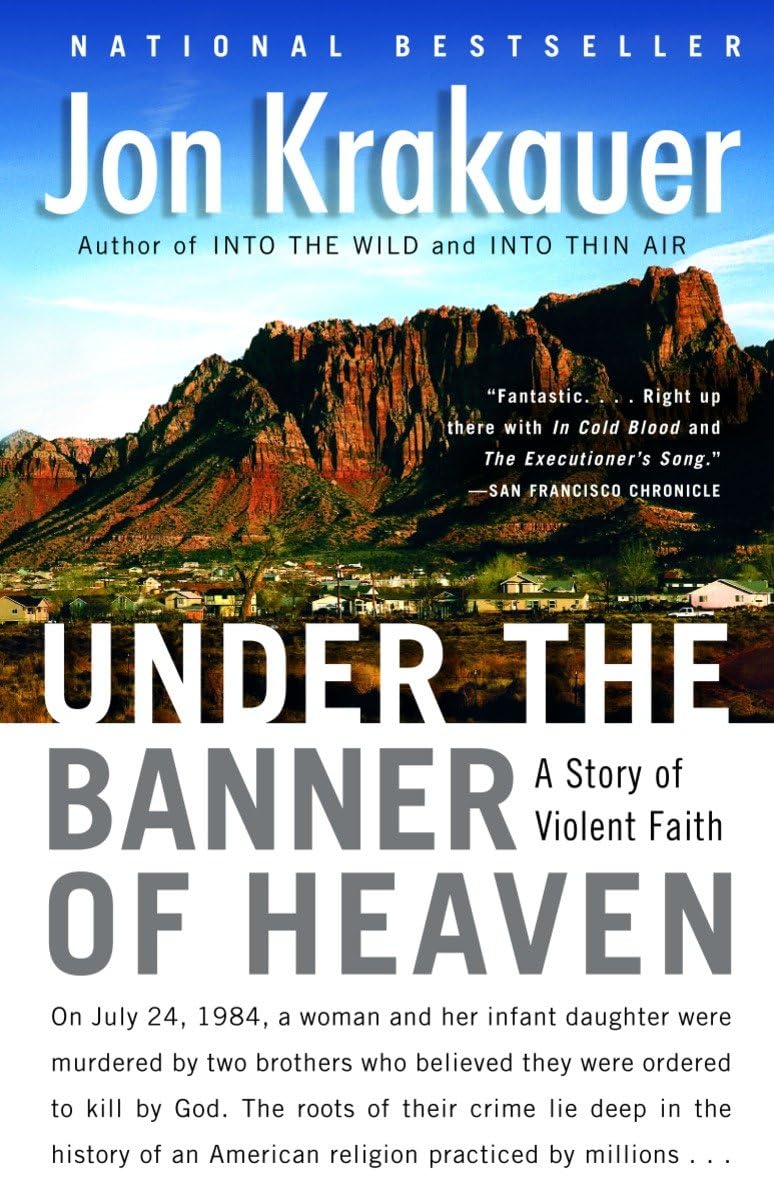
Adapted into a Hulu drama series in 2022, author Jon Krakauer’s 2003 book of the same name tells the story of a brutal 1984 double murder committed by two members of a fundamentalist Mormon sect. The book also zooms out to explore the history of the Mormon faith and how such extreme fundamentalism arose and led to violence of the sort brothers Ron and Dan Lafferty committed in the name of their version of the faith.
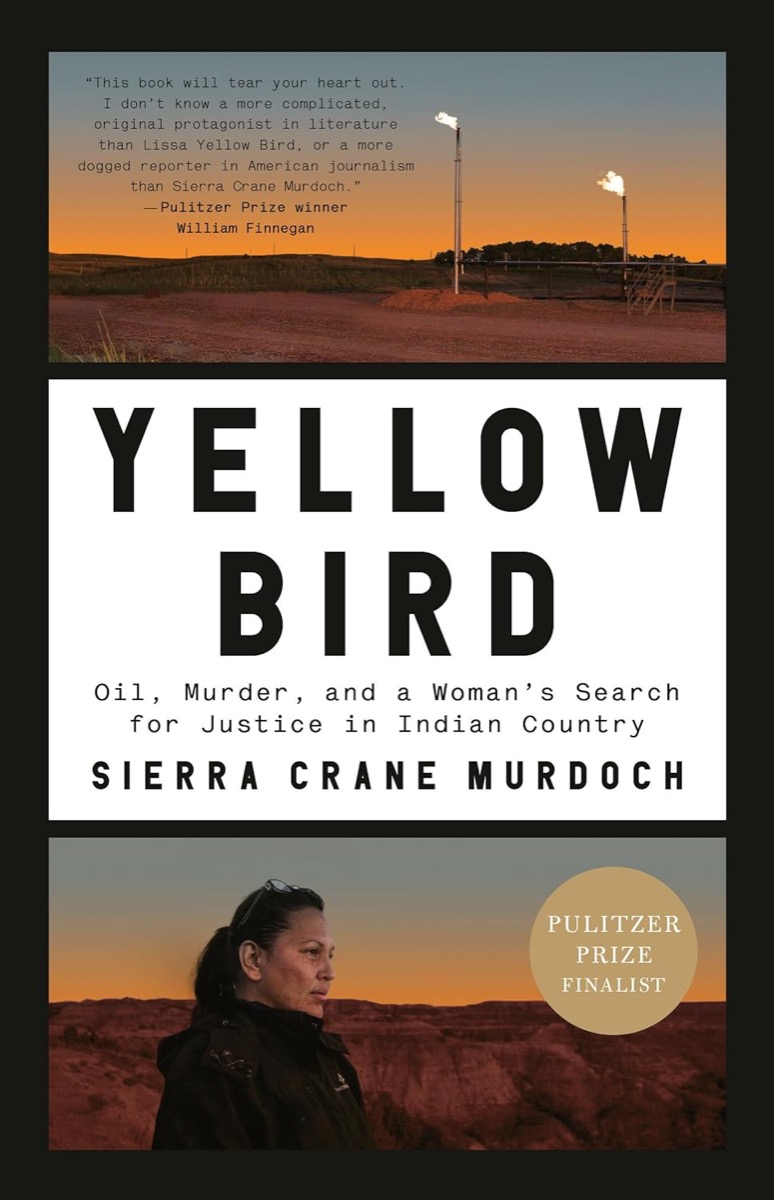
Sierra Crane Murdoch’s 2020 book follows Lissa Yellow Bird, a Native woman who took it upon herself to try to solve a missing persons case that nobody else in North Dakota’s Fort Berthold Indian Reservation seemed too keen on investigating—especially since the oil industry had become such a powerful force in her home.
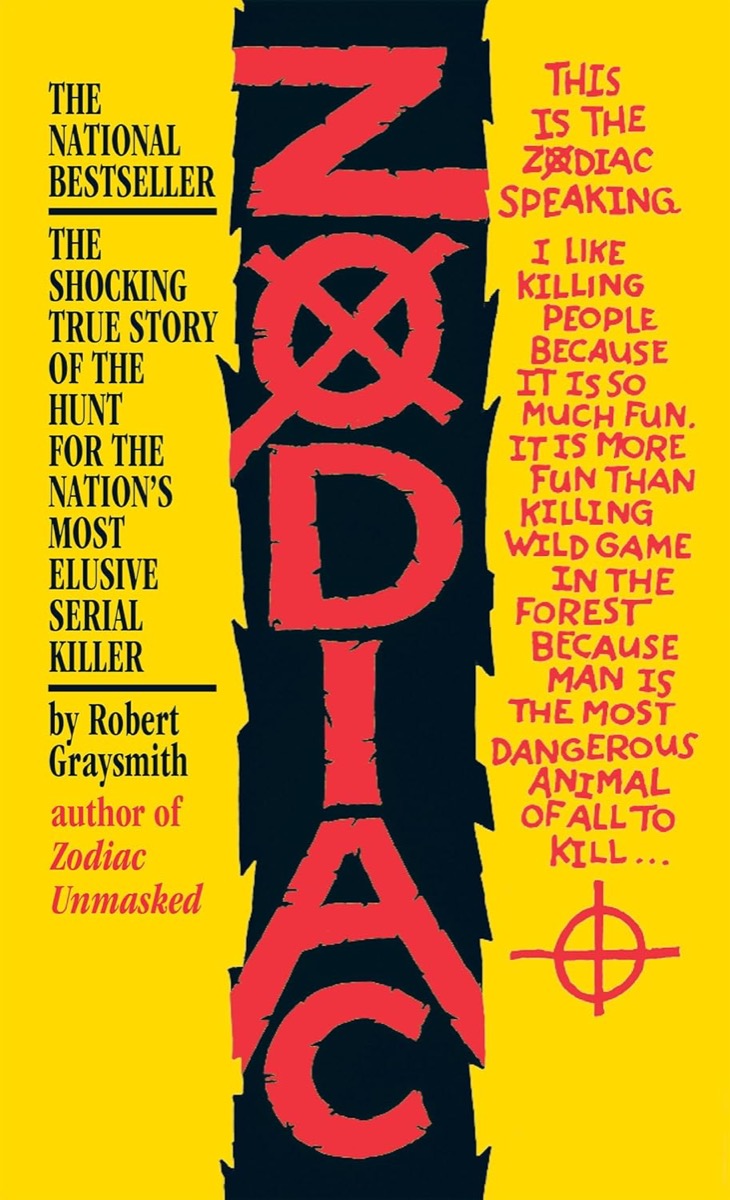
Robert Graysmith, the editorial cartoonist-turned-true crime author Jake Gyllenhaal plays in David Fincher’s Zodiac film, wrote about his efforts to identify the infamous serial killer who plagued San Francisco in the ’60s. Combining the investigative efforts of law enforcement with his own research into the case (including some information that had not been shared with the public before the book’s original 1986 release date), Zodiac reads as a horror novel almost as much as it does an iconic work of true crime.
